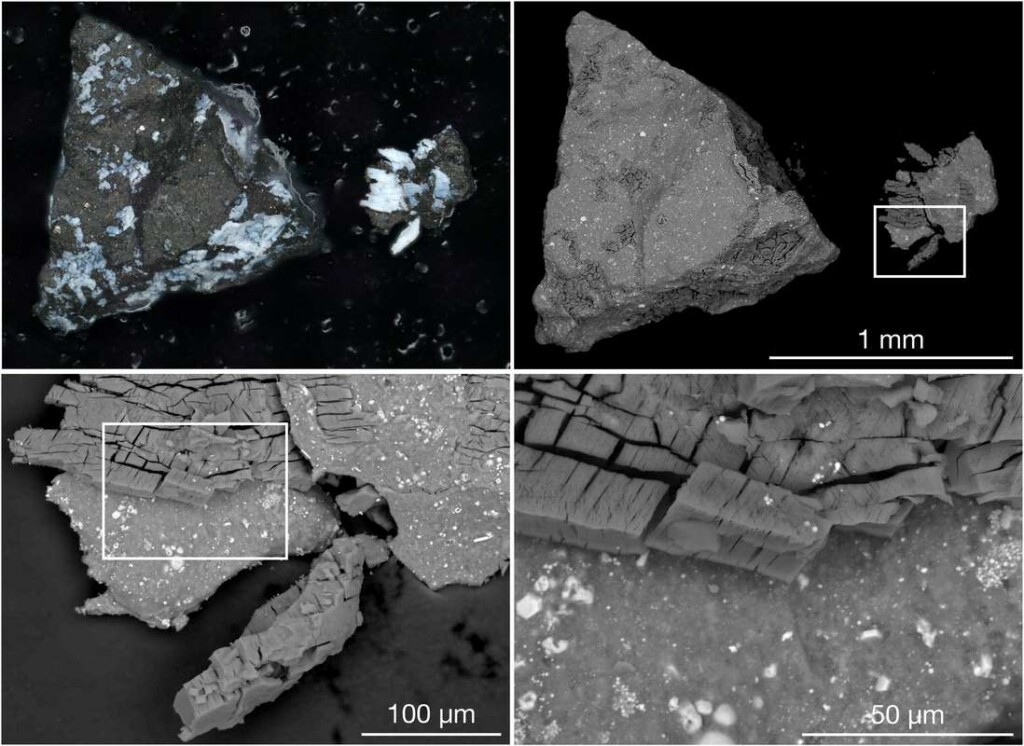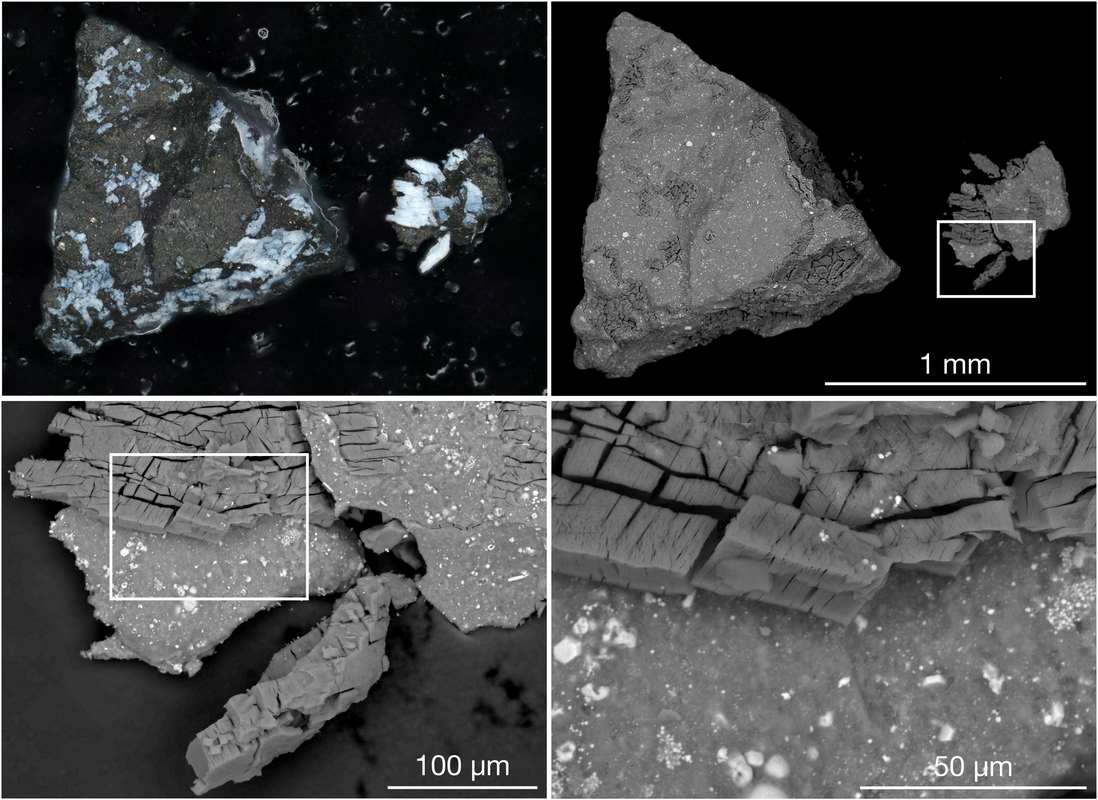
Among the possible origins for the asteroid Bennu, which recently became the first asteroid ever sampled by a NASA mission, a surprising indication is that it may have come from a water world.
The development arose after researchers analyzed the mixture of rocks and dust from bodies beyond Earth, collectively called ‘regolith’, scooped up from Bennu by NASA’s OSIRIS-REx mission in 2020.
A spacecraft was able to extract the sample and carry it 200 million miles back to Earth.
Scientists had hoped the 4.3-ounce (121.6-gram) sample would hold secrets of the solar system’s past and the prebiotic chemistry that might have led to the origin of life on Earth.
An early analysis study of the sample, published in Meteoritics & Planetary Science, documents compounds found that are the components of biochemistry for all known life on Earth today.
The OSIRIS-REx Sample Analysis Team discovered that Bennu contains the basic building blocks for all life. The regolith is rich in carbon and nitrogen, as well as organic compounds, all of which are essential components for life as we know it.
This composition offers a glimpse into the early days of our solar system over 4.5 billion years ago. These rocks have retained their original state, having neither melted nor resolidified since their inception, affirming their ancient origins.
However, the sample also contains magnesium-sodium phosphate, which was a surprise to the research team, because it wasn’t seen in the remote sensing data collected by the spacecraft at Bennu.
Its presence in the sample hints that the asteroid could have splintered off from a long-gone, tiny, primitive, ocean world.
“The presence and state of phosphates, along with other elements and compounds on Bennu, suggest a watery past for the asteroid,” stated Dante Lauretta, co-lead author of the paper and principal investigator for OSIRIS-REx at the University of Arizona, Tucson.
ASTEROID DISCOVERIES: Critical Discovery Highlights Weaknesses of Asteroids, Should Earth Ever Need to Destroy One
“Bennu potentially could have once been part of a wetter world. Although, this hypothesis requires further investigation.”
Recently, scientists working with the James Webb Space Telescope spotted what they believed to be an ocean world called K2-18b, which lies 120 light years away from Earth in the constellation Leo, where it orbits the habitable zone of a red dwarf star called K2-18.
MORE SOLAR SYSTEM SECRETS: This Tiny Moon of Saturn Is the Smallest Case of a Subsurface Ocean Ever Found in the Solar System
Believed to be 8.6 times larger than Earth, the abundance of methane and carbon dioxide, and shortage of ammonia detected on the planet supports the hypothesis that there may be a water ocean underneath a hydrogen-rich atmosphere.
Classed as a “sub-Neptune” meaning one which shares its characteristics but that is smaller than the planet of its namesake. Such planets are believed in some circles to be the most common type of rocky exoplanet.
SHARE This Surprising Origin Story With Your Friends Who Love Space…




















